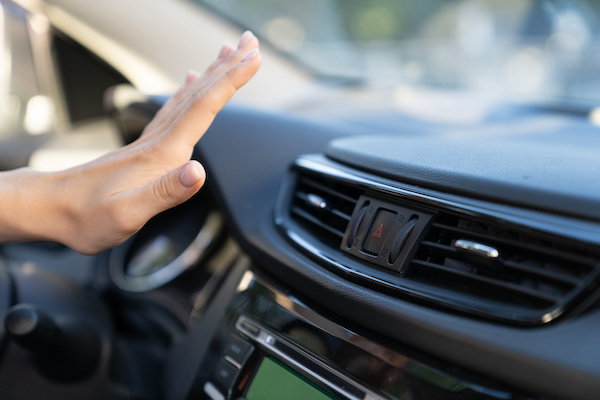
As the temperature fluctuates throughout the year, it's important to ensure your vehicle's heating and air conditioning (cooling) systems are working properly. The vehicle's temperature control system keeps you comfortable while driving and plays an essential role in your safety.
Unfortunately, they can fail for a variety of reasons. Here are some common issues that can cause problems with your car's heating and air conditioning system:
Lack of Maintenance: Regular maintenance is vital in ensuring the heating and A/C systems work as they should. An example would be the maintenance task of replacing the air filter, which should be done every 12,000 to 15,000 miles. Routine inspections can also help your technician catch any issues before they become significant problems.
Low Refrigerant: Your vehicle's A/C system requires refrigerant to cool the air. If the refrigerant level is low, the system may produce warm air instead of cool air. At Tim's Automotive Repair and Sales, we can check the refrigerant level and recharge the system if needed.
Leaks: Leaks can occur in any part of the heating and A/C system, including the hoses, compressor, evaporator, or condenser. If you notice a lack of cooling or heating, strange odors, or unusual noises coming from the system, please bring your vehicle to our shop so that we can check for leaks.
Electrical Issues: Electrical faults can cause problems with the A/C or heating system, such as a malfunctioning blower motor or a faulty switch.
Other Car Heating and A/C System Tips to Follow
In addition to heating and A/C maintenance and repairs, you should follow these tips to keep these systems in good shape:
- Use your system regularly, even in the off-season, to prevent issues from sitting idle for long periods.
- Park your car in the shade to reduce the strain on the A/C system.
- Avoid overusing the A/C system by cracking the windows or using the fan only.
- Clean your car's interior regularly to prevent dirt and dust buildup in the system.
If you are looking for quality auto heating and air conditioning services or repairs, please visit Tim's Automotive Repair and Sales. It doesn't matter how big or small your issue may be. We can pinpoint the problem, take care of it, and get you back on the road as soon as possible.